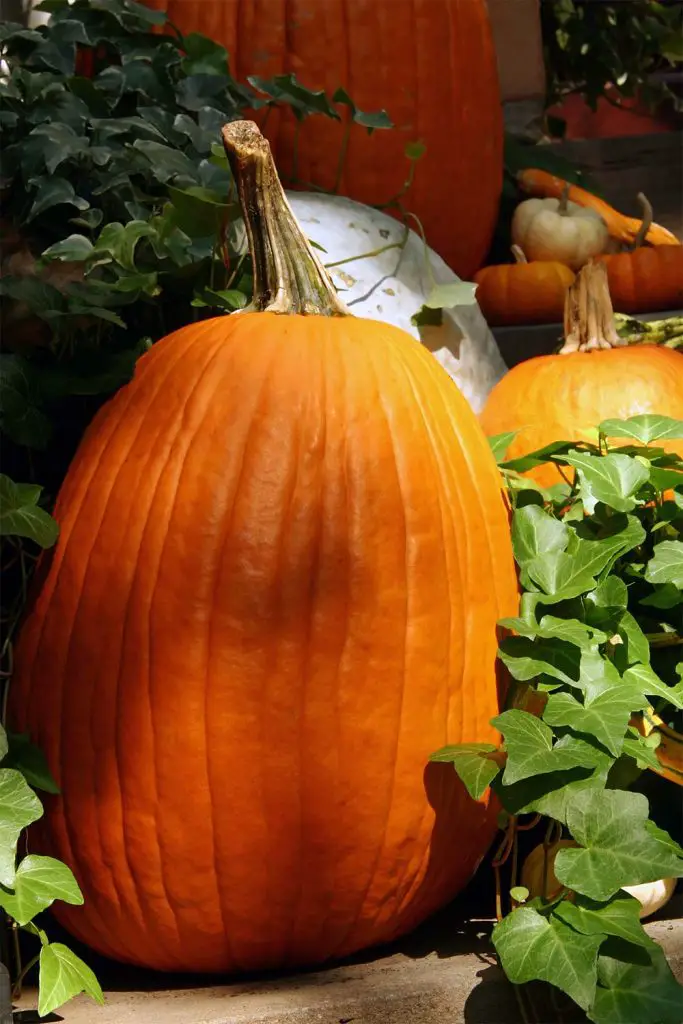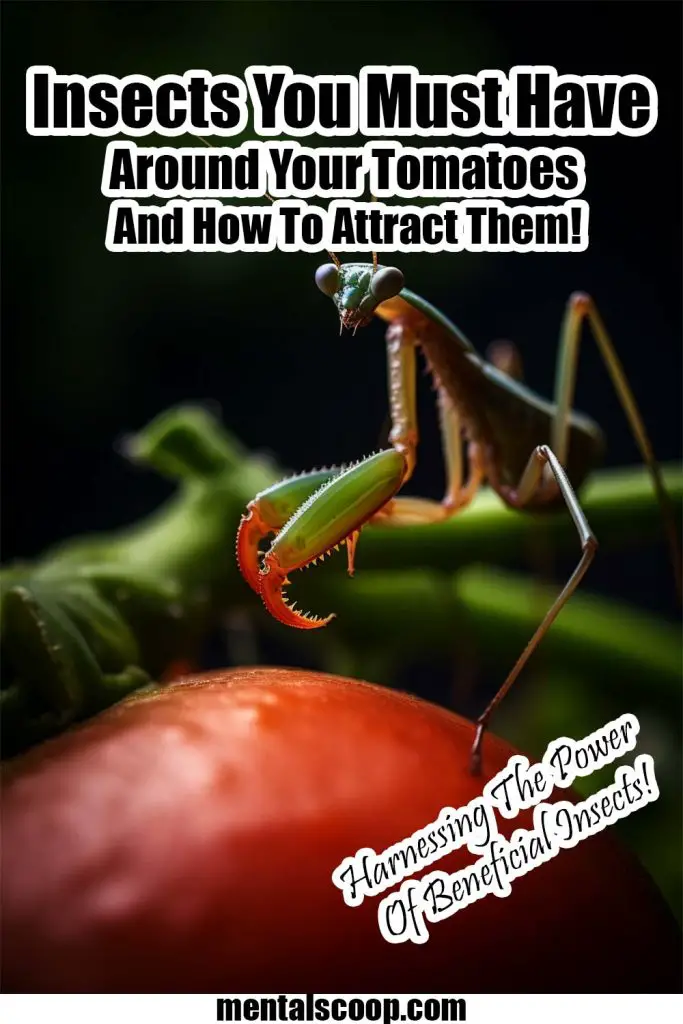Increase Your Pumpkin Yield Ready For Halloween With This Natural DIY Fertilizer!

As Halloween approaches, the excitement of decorating our homes and preparing for festive celebrations grows. One of the most iconic symbols of Halloween is the pumpkin, and many of us look forward to carving them into spooky masterpieces.
However, achieving large and healthy pumpkins requires careful nurturing throughout the growing season. In this article, we will share with you a natural DIY fertilizer that can significantly increase your pumpkin yield.
By harnessing the power of organic ingredients and sustainable practices, you can enhance the growth of your pumpkins and have a bountiful harvest just in time for Halloween!
Understanding the Importance of Fertilizing
Before we delve into the DIY fertilizer recipe, let’s discuss the importance of fertilizing your pumpkin plants. Fertilizers play a crucial role in providing essential nutrients to the soil, promoting healthy plant growth, and maximizing the yield.
Pumpkins are heavy feeders, meaning they require ample nourishment to develop large, vibrant fruits. A well-balanced fertilizer can aid in root development, flower formation, and fruit enlargement, ultimately resulting in robust and eye-catching pumpkins for Halloween.
The Natural Approach: Benefits and Environmental Impact
Using a natural DIY fertilizer for your pumpkin plants offers several advantages. Firstly, natural fertilizers are less likely to cause soil imbalances and can enhance soil structure over time. Secondly, they are safer for the environment, as they reduce the risk of chemical runoff into nearby water sources.
By opting for a natural approach, you’ll contribute to sustainable gardening practices, promoting a healthier ecosystem for everyone.
Compost Tea
Compost tea is an excellent natural fertilizer for pumpkins and other garden plants. To make it, start by collecting organic kitchen scraps, such as fruit and vegetable peels, coffee grounds, and eggshells. Combine these materials in a compost bin and let them decompose over several weeks.
Once the compost is ready, mix it with water in a 1:5 ratio (one part compost to five parts water). Allow the mixture to steep for 24-48 hours, stirring occasionally.
Seaweed Extract
Seaweed extract is a fantastic addition to your pumpkin fertilizer arsenal. Packed with essential minerals, vitamins, and growth-promoting hormones, seaweed extract can stimulate root growth and improve plant resistance to stress.
You can either purchase liquid seaweed extract or make your own by soaking dried seaweed in water for 24 hours and then straining the liquid.
Bone Meal
Bone meal is another natural fertilizer that can benefit your pumpkin plants. Rich in phosphorus, it supports healthy root development and helps in the production of robust blossoms. To use bone meal, sprinkle it lightly around the base of your pumpkin plants and gently work it into the soil.
Epsom Salt
Epsom salt, a mineral compound of magnesium and sulfur, is a simple yet effective fertilizer for pumpkins. It aids in chlorophyll production, promoting lush and green foliage. Dissolve a tablespoon of Epsom salt in a gallon of water and apply it to the pumpkin plants once a month during the growing season.
Coffee Grounds
Don’t toss away your coffee grounds! They can make an excellent nitrogen-rich fertilizer for your pumpkin plants. Coffee grounds also improve soil texture and water retention. Simply spread used coffee grounds around the base of your pumpkin plants to provide an additional boost.
Banana Peels
Banana peels are an unexpected but effective fertilizer for pumpkins. Rich in potassium, they aid in flower and fruit formation, enhancing your pumpkin yield. To use banana peels, chop them into small pieces and bury them around the roots of your pumpkin plants.
Eggshells
Eggshells contain calcium, which helps prevent blossom end rot in pumpkins and other plants. To utilize eggshells as a natural fertilizer, rinse them thoroughly and crush them into small pieces. Mix the crushed eggshells into the soil around your pumpkin plants.
Molasses
Molasses provides a natural source of carbohydrates, encouraging beneficial microbial activity in the soil. This, in turn, enhances nutrient uptake and promotes overall plant health. Mix one tablespoon of molasses with a gallon of water and apply it to your pumpkin plants every two to three weeks.
Grass Clippings
If you have a lawn, utilize the grass clippings as a nitrogen-rich mulch for your pumpkin plants. Apply a layer of freshly cut grass clippings around the base of the plants to retain moisture and enrich the soil.
Wood Ash
If you have a wood-burning fireplace or a fire pit, save the wood ash as a natural source of potassium and calcium. Wood ash can be sprinkled lightly around your pumpkin plants to raise soil pH and improve nutrient availability.
Applying the DIY Fertilizer: Best Practices
To ensure optimal results, apply the DIY fertilizer mixtures following these best practices. Water your pumpkin plants well before applying any fertilizer. Avoid over-fertilizing, as it can lead to nutrient imbalances and negatively impact plant growth.
Stick to the recommended application rates and frequencies for each fertilizer. Lastly, monitor your pumpkin plants regularly and adjust the fertilizer application if needed.

More interesting articles you may be interested in reading:

How To Remove A Tree Stump Painlessly
10 Vital Home Maintenance Tasks You’ll Regret If You Forget
See How Much Propane Is Left In A Tank With No Gauge
Thanks for reading and be sure to share this info with your friends using the social share buttons below.
Talking about social stuff, consider liking our Facebook page to keep up to date with our articles. Check out our other articles for more mental scoops!
